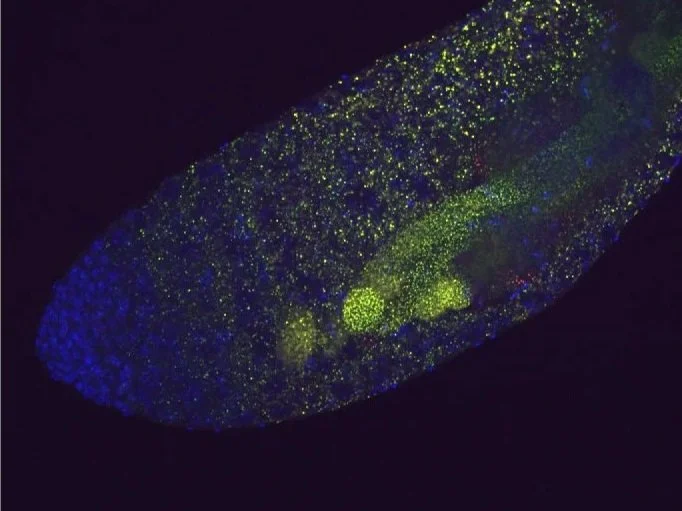Uncovering the Workings of Cellular Damage Clearing
Our lab is working to decipher the inner workings of the cellular processes that degrade damaged cellular components such as proteins and organelles. We want to uncover ways to manipulate damage clearance in cells to improve healthspan and prevent age-associated neurodegenerative diseases like Parkinson.
We made pivotal discoveries on the regulation of the major degradation sentinel in cells called the lysosome. The acidity of lysosomes is critical to ensure proper degradation of misfolded proteins causing diseases like Alzheimer and Parkinson.
We uncovered a highly unexpected finding suggesting regulation from outside of cells can control their lysosomal pH. Interestingly, animals expressing a mutant human Parkinson causing protein with deficits in this newly discovered pH regulation pathway show increased frailty indicating the importance of this mechanism on aging.
We are trying to identify the toolkit controlling outside-in regulation of lysosomal pH with the ultimate goal to determine how these novel factors contribute to neurodegenerative diseases and to identify innovative therapeutic targets to boost damage clearance in aging cells to improve health.
A significant strength of the lab is to simultaneously use directed and unbiased approaches such as genetic screens, the latter providing the opportunity to identify unanticipated, novel factors relevant for lysosomal function. Click below to learn more about this or about our additional projects on autophagy and spermatogenesis.


